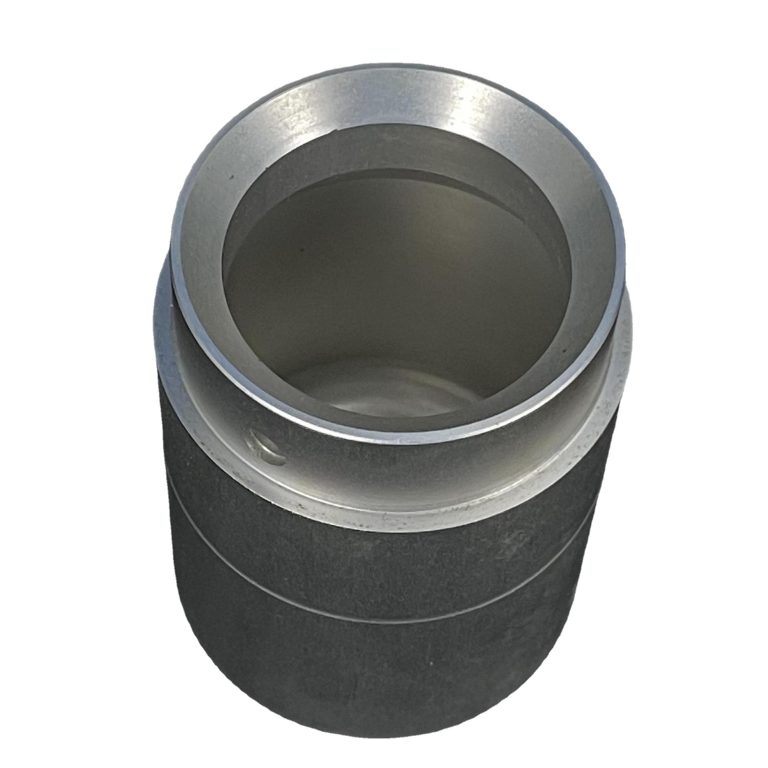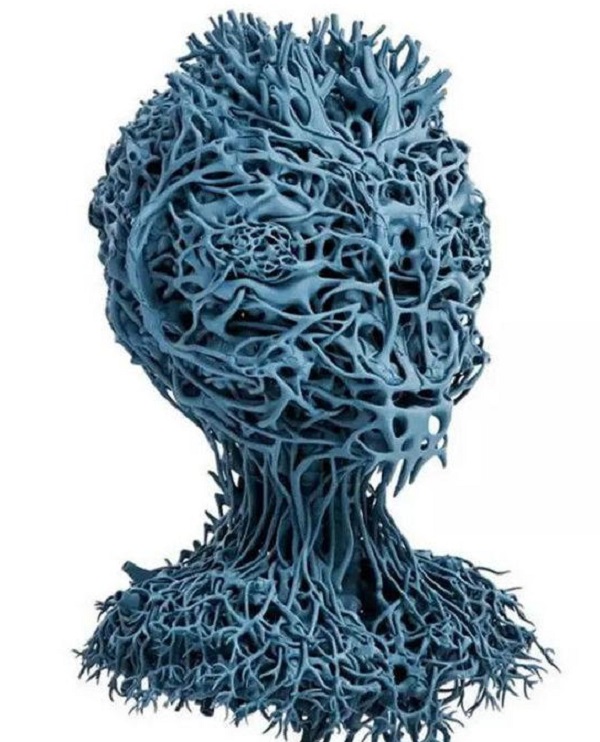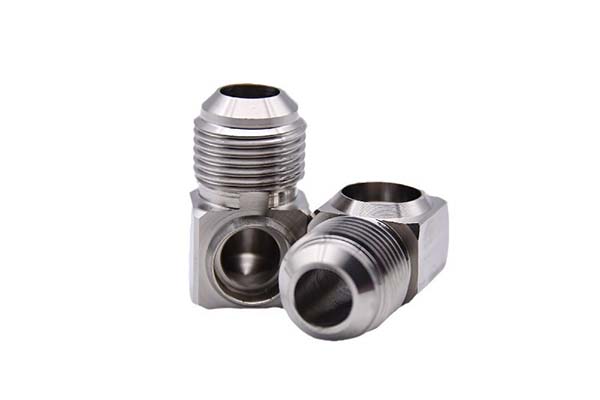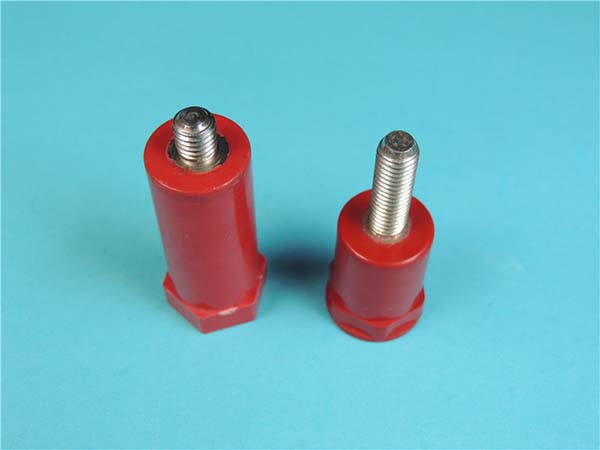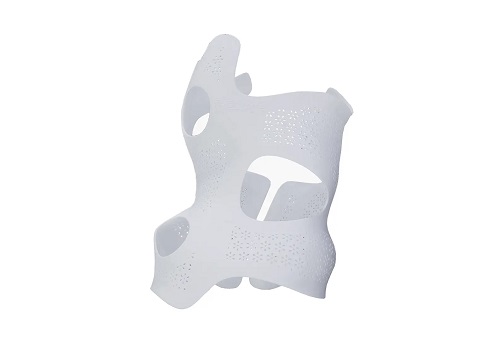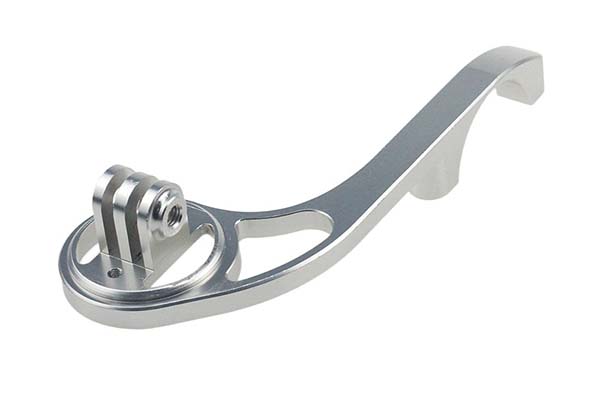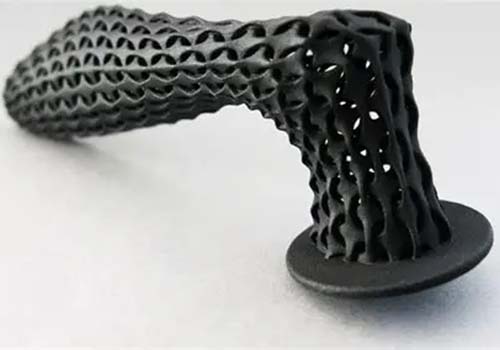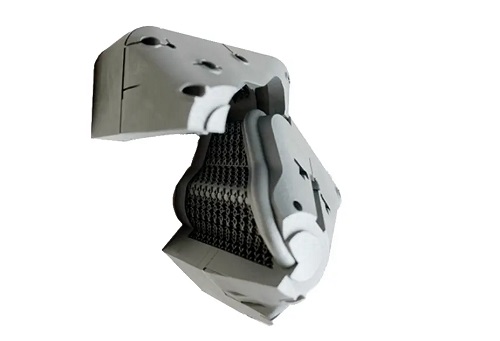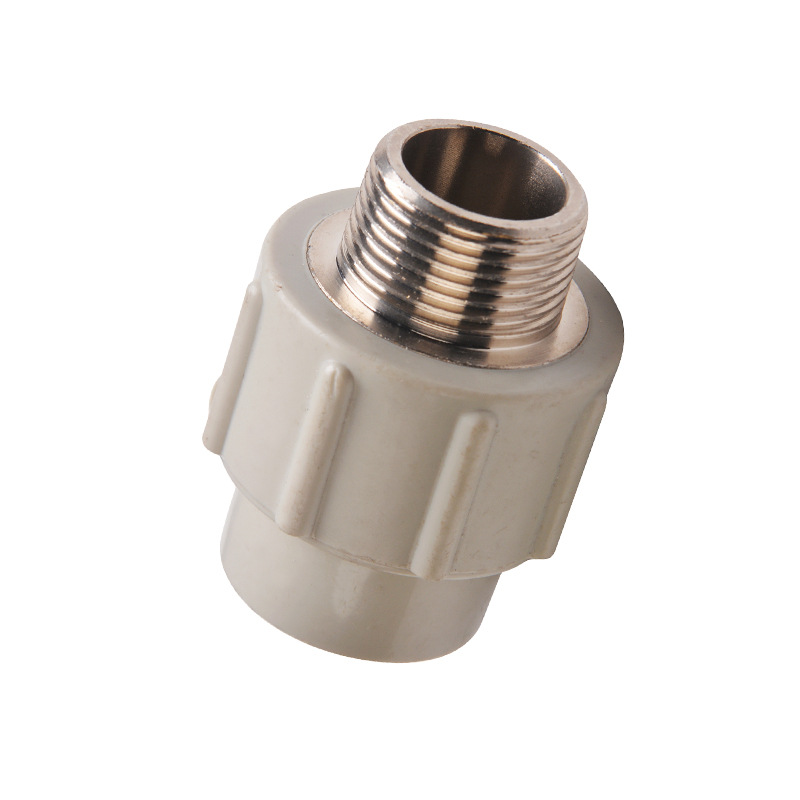Understanding 3D Printing Technology
The Basics of 3D Printing
3D printing, also known as additive manufacturing, is a revolutionary technology that has transformed the way objects are created. Unlike traditional manufacturing methods that rely on subtracting materials (such as cutting, milling, or drilling), 3D printing builds objects layer by layer from a digital model. This additive process allows for the creation of complex geometries and customized designs that were previously challenging or impossible to achieve with conventional techniques.
The 3D printing process typically begins with the creation of a 3D model using computer - aided design (CAD) software. This digital model serves as the blueprint for the final physical object. Once the model is complete, it is sliced into thin cross - sectional layers by specialized software. Each layer represents a horizontal slice of the object, and the thickness of these layers can vary depending on the desired level of detail and the capabilities of the 3D printer.
After slicing, the data is sent to the 3D printer, which then starts the actual printing process. The printer deposits materials, such as plastic, metal, ceramic, or even biological materials (in the case of bioprinting), in a precise pattern according to the sliced layers. As each layer is deposited and solidified (either through melting, curing with light, or other means), it bonds to the previous layer, gradually building up the three - dimensional object. Once the printing is finished, the object may require post - processing steps such as removing support structures (if any were used during printing), sanding, polishing, or coating to achieve the desired surface finish and functionality.
Key 3D Printing Technologies in Automotive
The following Yigu Technology table summarizes the key features of these 3D printing technologies in the context of automotive applications:
| 3D Printing Technology | Precision | Surface Finish | Material Options | Cost | Speed | Support Structures | Ideal Automotive Applications |
| FDM | Low - Medium | Rough | Many thermoplastics | Low - Medium | Slow | Required for complex shapes | Prototyping, interior non - critical parts |
| SLA | High | Smooth | Limited photopolymers | High | Medium (fast for small parts) | Required | Prototyping of high - precision parts, small detailed components |
| SLS | Medium - High | Rough - Medium | Metal, nylon, ceramic powders | High | Medium | Not required | High - performance parts, parts with complex geometries |
3D Printing in Car Parts Production
Revolutionizing Prototyping
In the automotive industry, the prototyping phase is crucial for the development of new car models. 3D printing has emerged as a game - changer in this area, significantly reducing the time and cost associated with creating prototypes.
Traditionally, creating a car part prototype involved multiple steps such as designing the part, creating a mold, and then manufacturing the prototype using the mold. This process was time - consuming, often taking weeks or even months. For Yigu Technology example, if a car manufacturer wanted to develop a new engine component, the design would first be created on CAD software. Then, a metal mold would need to be fabricated, which could take a long time due to the complex machining processes involved. The cost of creating the mold alone could be in the tens of thousands of dollars, depending on the complexity of the part.
With 3D printing, the process is much more straightforward. Once the 3D model of the car part is designed on CAD software, it can be directly sent to the 3D printer. The printer then builds the prototype layer by layer, often within a matter of hours or a few days, depending on the size and complexity of the part.
Many leading automotive companies have already reaped the benefits of 3D printing in prototyping. BMW, for instance, has been using 3D printing for years to create prototypes of various car parts. By doing so, they have been able to accelerate their design and development cycles. In one case, when developing a new interior component for a luxury car model, BMW was able to use 3D printing to quickly create multiple design iterations. Instead of waiting weeks for traditional prototypes to be made, they could have a new 3D - printed prototype within a day. This allowed their design team to test different concepts rapidly, make design improvements, and finalize the design much faster than before.
Ford is another example. The company has utilized 3D printing to create prototypes for its new electric vehicle models. They were able to print parts such as battery enclosures, dashboards, and suspension components. By using 3D - printed prototypes, Ford could conduct early - stage testing on these parts, identify potential design flaws, and make necessary adjustments. This not only saved time but also reduced the overall development cost. According to Ford, the use of 3D printing in prototyping has reduced their development time for certain components by up to 50%.
The ability to quickly create prototypes also enables car manufacturers to get feedback from different departments within the company, as well as from potential customers, at an earlier stage. This iterative design process, made possible by 3D printing, leads to better - designed car parts and ultimately, more competitive products in the market.
Customized Car Parts Manufacturing
In today's automotive market, consumers are increasingly demanding personalized vehicles. 3D printing has made it possible for car manufacturers to offer customized car parts, meeting the unique needs and preferences of individual customers.
One area where 3D - printed customized parts are becoming popular is in car interiors. For Yigu Technology example, customers can now have their car seats 3D - printed to fit their body shapes perfectly. A company called Local Motors has been at the forefront of using 3D printing for customized car manufacturing. They offer customers the option to design their own car interiors, including the shape and texture of the seats, the layout of the dashboard, and even the design of the steering wheel. Using 3D printing, these custom designs can be brought to life.
Another example is in the customization of car exterior parts. Some luxury car brands are now using 3D printing to create customized grilles, spoilers, and body panels for their high - end models. These parts can be designed with unique patterns, finishes, or even incorporate the customer's personal logo or initials. For instance, a customer who wants a more aerodynamic spoiler for their sports car can work with the car manufacturer's design team to create a custom - designed spoiler using 3D modeling software. The 3D printer then produces the spoiler, ensuring a perfect fit on the car.
In addition to aesthetic customization, 3D - printed parts can also be customized for specific functional requirements. For disabled drivers, 3D - printed hand controls for cars can be customized to their hand strength and dexterity. These hand controls can be designed and printed to provide the right level of grip, leverage, and ease of use for the individual driver.
The cost of customized 3D - printed car parts is also becoming more competitive. As 3D printing technology improves and the cost of materials and printers decreases, the price gap between mass - produced and customized parts is narrowing. While customized parts may still be more expensive than their mass - produced counterparts, the value they offer in terms of personalization and functionality is often worth the extra cost for many customers.
Cost - effective Small - batch Production
For small - batch production of car parts, 3D printing offers significant cost advantages compared to traditional manufacturing methods.
In traditional manufacturing, setting up production for small - batch runs can be extremely costly. The process typically involves creating expensive molds, tooling, and fixtures. For example, if a car manufacturer wants to produce 500 units of a particular engine component, the cost of creating the mold for this part can be a major expense. The mold - making process requires skilled labor, high - precision machining equipment, and expensive materials. In addition, the setup time for traditional manufacturing processes can be long, further adding to the cost.
With 3D printing, the need for molds is eliminated. Each part is directly printed from the digital model, reducing both the upfront cost and the lead time. A study by Wohlers Associates compared the cost of producing small batches of plastic parts using traditional injection molding and 3D printing (specifically Selective Laser Sintering - SLS). For a batch of 100 parts, the cost of injection molding, including the mold - making cost, was around \(50,000. In contrast, the cost of SLS 3D printing for the same batch was only \)10,000. As the batch size increased to 500 parts, the cost of injection molding dropped to around \(25,000 (due to the cost being spread over more units), while the cost of SLS 3D printing increased slightly to \)15,000. However, for very small batch sizes (less than 100 parts), the cost advantage of 3D printing is even more pronounced.
Another cost - saving aspect of 3D - printed small - batch production is material waste. Traditional manufacturing methods often result in a significant amount of material waste during the cutting, shaping, and molding processes. In 3D printing, materials are added layer by layer, precisely where they are needed, minimizing waste. This not only reduces the cost of raw materials but also has environmental benefits.
Moreover, 3D - printed small - batch production allows for greater flexibility. If there are design changes or improvements during the production run, it is much easier to implement them in 3D printing. In traditional manufacturing, any design changes would require costly modifications to the molds or tooling, often resulting in production delays. With 3D printing, the digital model can be easily updated, and the new design can be printed immediately. This makes 3D printing an ideal choice for producing limited - edition car parts, replacement parts for vintage cars, or parts for niche automotive markets where small - batch production is the norm.
Comparison: Traditional vs 3D Printed Car Parts
Production Process
The production processes of traditional and 3D - printed car parts are vastly different, with each having its own set of advantages and limitations.
| Aspect | Traditional Manufacturing | 3D Printing |
| Process | Typically involves multiple steps such as casting, forging, machining, and assembly. For example, to produce a metal engine block, it may first be cast in a mold, then undergo machining processes like milling, drilling, and grinding to achieve the final shape. Assembly may also be required if the part consists of multiple sub - components. | A relatively simple process. Once the 3D model is created, the 3D printer can directly build the part layer by layer without the need for complex intermediate steps. For a plastic car interior part, the printer can start depositing the material based on the digital design immediately. |
| Time | The production time is usually long. For a complex car part, the entire production cycle from design to the final product can take weeks or even months. The mold - making process alone can take a significant amount of time, and each subsequent machining step also contributes to the overall time consumption. | Significantly shorter production time. Small to medium - sized car parts can often be printed within a few hours to a day. For instance, a 3D - printed prototype of a car door handle can be completed in less than 24 hours, depending on the complexity and the type of 3D printer used. |
| Tooling and Setup | Requires the creation of specialized tools, molds, and fixtures. These are often expensive to produce and may need to be re - engineered for even minor design changes. Setting up the production line also involves a lot of time and effort to ensure that all the tools and machinery are properly calibrated. | Does not rely on traditional tooling. The only "setup" required is to prepare the 3D printer, load the appropriate material, and send the digital model to the printer. This allows for quick changes in design without the need to modify physical tools. |
Cost Analysis
Cost is a crucial factor when considering the production of car parts, and 3D printing and traditional manufacturing have different cost - structures.
| Cost Aspect | Traditional Manufacturing | 3D Printing |
| Equipment cost | High initial investment in large - scale manufacturing equipment such as casting machines, forging presses, and high - precision machining centers. These machines can cost hundreds of thousands to millions of dollars, depending on their capabilities and complexity. For example, a high - end five - axis machining center used for precision machining of car parts can cost upwards of $500,000. | The cost of 3D printers varies widely. Desktop 3D printers for small - scale prototyping can cost a few hundred to a few thousand dollars. Industrial - grade 3D printers, which are more suitable for production - level applications, can cost from tens of thousands to several hundred thousand dollars. For instance, an industrial SLS 3D printer may cost around $200,000. |
| Mold cost | For mass - production, the cost of creating molds is a significant expense. A complex injection - molding mold for a car bumper can cost \(50,000 - \)100,000. These molds need to be replaced periodically due to wear and tear, adding to the long - term cost. | Eliminates the need for molds. This is a major cost - saving advantage, especially for small - batch production or when frequent design changes are required. |
| Material cost | Material waste is often high in traditional manufacturing processes. For example, in machining operations, a large amount of material may be removed and discarded to achieve the desired shape. The cost of raw materials also needs to be considered, and some high - performance metals used in car parts can be quite expensive. | Generally has less material waste as materials are added precisely where needed. However, the cost of some 3D - printing materials, especially high - performance polymers and metal powders, can be relatively high. For example, metal powders used in SLS 3D printing can cost several hundred dollars per kilogram. |
| Labor cost | Requires a large number of skilled workers for various operations such as mold - making, machining, and assembly. The cost of labor, including salaries, training, and benefits, can be a significant portion of the overall production cost. | Requires fewer workers, mainly for tasks such as preparing the 3D printer, monitoring the printing process, and post - processing. However, the workers may need to have a different set of skills, such as knowledge of 3D modeling and 3D printer operation. |
Product Performance
The performance of car parts is a critical factor, and both traditional and 3D - printed parts have their own characteristics in terms of performance and quality stability.
| Performance Aspect | Traditional Manufacturing | 3D Printing |
| Component performance | For well - established manufacturing processes, traditional parts can have consistent and predictable mechanical properties. For example, parts produced through forging often have high strength and fatigue resistance, making them suitable for critical automotive components such as engine crankshafts. However, complex geometries may be difficult to achieve, and the properties may vary slightly depending on the manufacturing conditions. | 3D - printed parts can have unique performance characteristics. With the ability to create complex internal structures, they can be designed to have optimized strength - to - weight ratios. For example, a 3D - printed titanium alloy engine component can be designed with a lattice structure inside, reducing its weight while maintaining sufficient strength. However, the mechanical properties of 3D - printed parts can be more sensitive to the printing parameters, such as layer thickness, printing speed, and temperature. |
| Quality stability | In high - volume production, traditional manufacturing methods can achieve high levels of quality control and consistency once the production process is optimized. Stringent quality - assurance measures are in place, and statistical process control can be used to monitor and maintain the quality of the parts. | Quality stability in 3D printing is improving, but it can still be a challenge. Variations in material properties, printer calibration, and environmental conditions can affect the quality of the printed parts. However, advancements in 3D - printing technology and quality - monitoring systems are helping to address these issues. For example, some industrial 3D printers now come with built - in sensors that can monitor the printing process in real - time and make adjustments to ensure consistent quality. |
| Test data | A study by a leading automotive research institute found that traditional - forged steel engine connecting rods had an average tensile strength of 800 MPa with a standard deviation of 20 MPa. For 3D - printed aluminum alloy connecting rods, the average tensile strength was 450 MPa with a standard deviation of 30 MPa. While the 3D - printed parts had a lower average strength, their lighter weight made them more suitable for some applications where weight reduction was a priority. | Another test on the fatigue life of traditional and 3D - printed suspension components showed that traditional components made from high - carbon steel had a fatigue life of 1 million cycles before failure. 3D - printed components made from a composite material had a fatigue life of 800,000 cycles. Although the 3D - printed parts had a slightly lower fatigue life, they offered the advantage of being customizable and having a more complex design that could potentially improve the overall performance of the suspension system. |
Conclusion
Recap of 3D Printing's Impact
3D printing has had a revolutionary impact on the automotive industry, particularly in car parts production. In prototyping, it has significantly reduced both time and cost. Traditional prototyping methods, with their complex processes involving mold - making and multiple machining steps, often took weeks or months. In contrast, 3D - printed prototypes can be created in a matter of hours or days. Automotive companies like BMW and Ford have successfully utilized 3D printing to accelerate their design and development cycles, making it possible to test multiple design iterations quickly and bring products to market faster.
For customized car parts manufacturing, 3D printing has opened up new possibilities. It allows car manufacturers to meet the growing demand for personalized vehicles. Whether it's custom - designed car interiors, such as seats tailored to an individual's body shape, or unique exterior parts with personalized patterns, 3D printing can turn these ideas into reality. This not only enhances the customer experience but also provides a competitive edge in the market.
In small - batch production, 3D printing offers substantial cost - effectiveness. By eliminating the need for expensive molds and tooling, it reduces upfront costs. A comparison study by Wohlers Associates clearly demonstrated the cost advantage of 3D printing, especially for small batch sizes. For Yigu Technology example, when producing 100 plastic parts, 3D printing (SLS) cost around \(10,000, while injection molding, including mold - making costs, was approximately \)50,000. Additionally, 3D printing minimizes material waste, as materials are added precisely where needed, and offers greater flexibility in case of design changes during production.
When compared to traditional manufacturing, 3D printing shows distinct differences in the production process, cost, and product performance. In the production process, 3D printing is much simpler and faster, with no need for complex intermediate steps and long setup times. In terms of cost, while 3D printers can have a significant upfront cost, they eliminate mold - making expenses and often have lower labor costs. Regarding product performance, 3D - printed parts can achieve optimized strength - to - weight ratios with their ability to create complex internal structures, although their mechanical properties can be more sensitive to printing parameters.
FAQ
- Q: Is 3D - printed car parts as reliable as traditional ones?
A: 3D - printed car parts can be reliable. While their mechanical properties can be sensitive to printing parameters, advancements in technology and quality - monitoring systems are improving their reliability. For some applications, 3D - printed parts with optimized designs can offer unique advantages in terms of strength - to - weight ratios. However, for high - stress applications, traditional manufacturing methods may still be preferred in some cases due to their long - established reliability records.
- Q: How much does it cost to start using 3D printing for car parts production?
A: The cost varies widely. A desktop 3D printer for small - scale prototyping can cost a few hundred to a few thousand dollars. Industrial - grade 3D printers suitable for production - level applications can range from tens of thousands to several hundred thousand dollars. Additionally, there are material costs, which also vary depending on the type of material used, such as relatively inexpensive thermoplastics for FDM or more costly metal powders for SLS.
- Q: What types of car parts are most suitable for 3D printing?
A: Prototypes of various car parts are highly suitable for 3D printing due to the speed and cost - effectiveness in creating them. Customized interior parts like seats, dashboards, and steering wheels, as well as exterior parts such as grilles and spoilers, can be well - produced with 3D printing. Small - batch production of parts like engine components for limited - edition cars or replacement parts for vintage cars also benefits from 3D printing. Parts with complex geometries that are difficult to manufacture using traditional methods are also ideal candidates for 3D printing.
